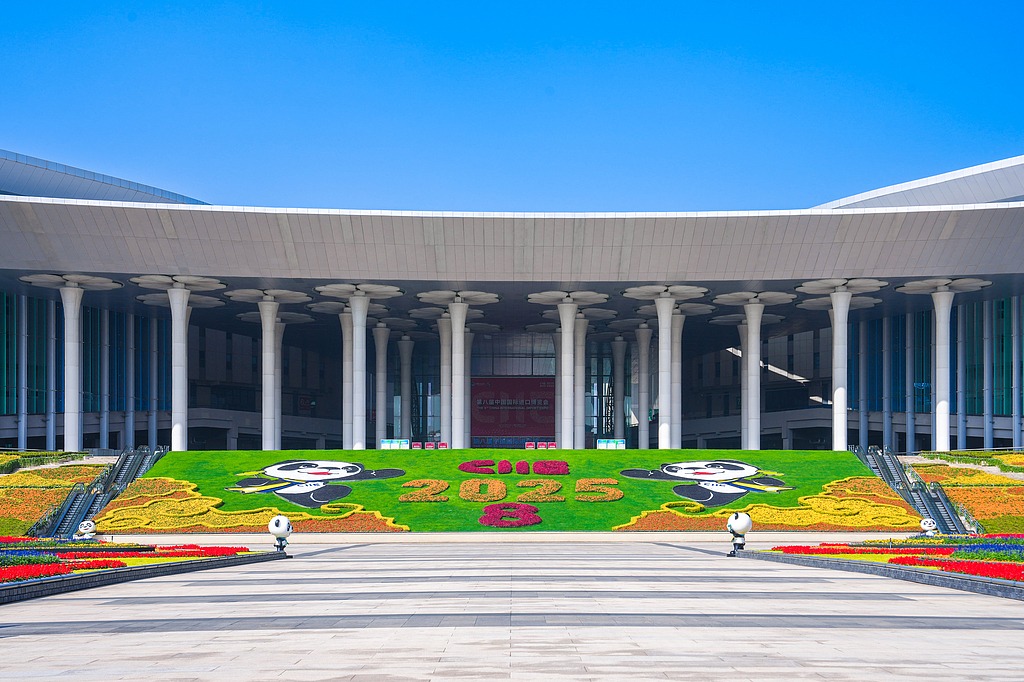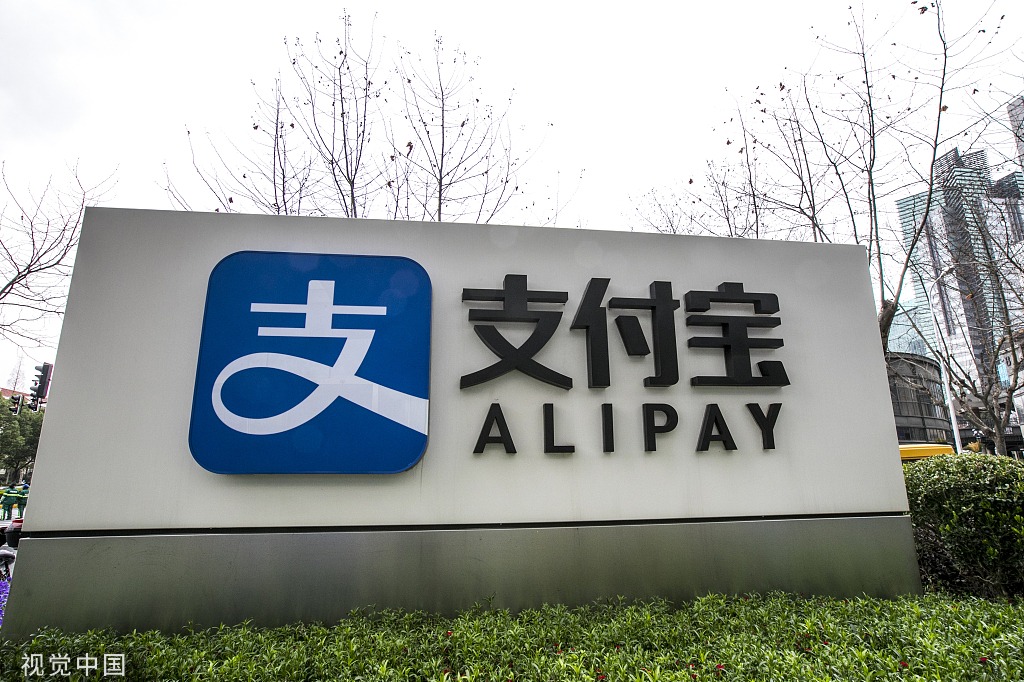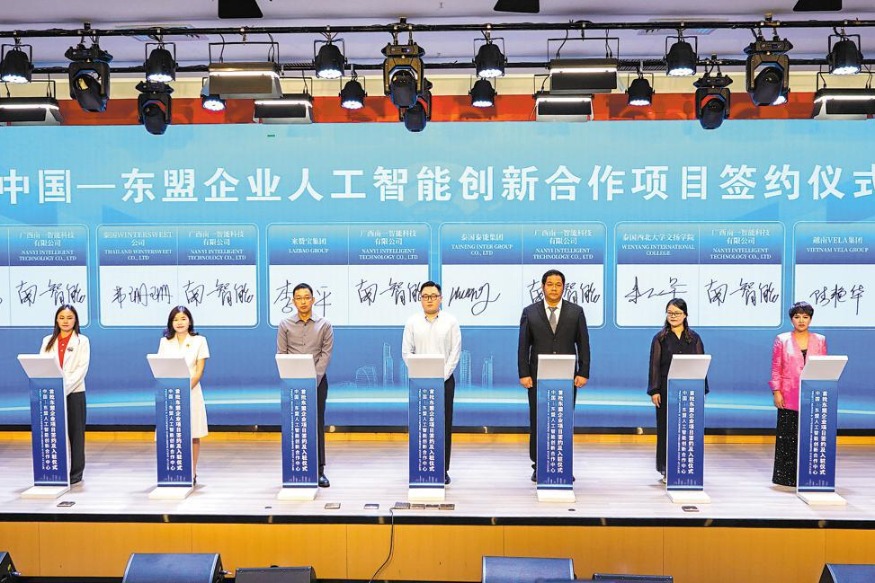Turning a new page in China-India ties?


Spectators of Indian and Chinese origin watching performances on the streets during the Chinese New Year celebration 2015 in Kolkata, India on February 18, 2015.
Chinese New Year 2015 celebrations in an area. [Photo: VCG]
Editor’s note: Chinese Foreign Minister Wang Yi will lead a delegation to the 15th Meeting of Foreign Ministers of China, Russia and India, to be held in New Delhi, India, on Dec 11. This will be the first visit of a senior Chinese official to India after the two month-long border standoff. Two scholars share their views with China Daily on how China-India ties should develop.
Questionable ambitions cannot be entertained
YE HAILIN
Foreign Minister Wang Yi’s visit to India on Monday will be the first by a senior Chinese official to the South Asian country after the more than two-month-long border standoff between Chinese and Indian troops in China’s Donglang area. Although the delegation led by Wang will attend a routine diplomatic meeting, China-India cooperation and confidence rebuilding should be high on the agenda.
The Donglang incident is just a sliver of India’s concerns about geopolitical cooperation with China.
But despite not being on board for the Beijing-proposed Belt and Road Initiative, India still matters a great deal because of its economic prowess and as a regional pivot of the grand vision. Chinese enterprises would love the idea of venturing into the Indian market, and it could help accelerate China’s economic cooperation with South Asia as a whole.
India, however, fears that deeper China-India economic ties might compromise its “Made in India” ambitions and challenge its geopolitical dominance in the region.
Other South Asian economies rely heavily on the Indian market, not the other way round. And India seems to believe that China’s ever-growing economic presence in its neighborhood would change the status quo.
So to include India in the Belt and Road projects, China needs to address at least one of India’s concerns. It is relatively easier to convince India that cooperation under the Belt and Road framework is more of an inspiration than a tool with which China wants to “subordinate” other countries to its economic might. And although most of the countries involved in the Belt and Road Initiative would need time to improve their industrial sector and strengthen their economic independence through the Chinese-led projects, the prospect looks good.
Alleviating India’s concern about its South Asian supremacy might be a little tricky, because it goes against China’s diplomatic credo to prioritize Indian interests all the time while carrying through the Belt and Road projects in South Asia. Beijing should try to convince India that keeping a tight grip on almost all South Asian affairs is not in India’s long-term interest. While China and India should seek consensus on the latter’s pursuit of interference-less industrialization, New Delhi needs to realize that the sort of regional dominance it wants is neither in the spirit of the global trend nor will it last.
Both sides should exercise patience and restraint when it comes to disputes such as the standoff in Donglang. It is also important for India to know it should not cross the line. Pressuring China to “succumb to” questionable Indian ambitions has not worked and will only backfire. The “Indo-Pacific” strategy, touted repeatedly by US President Donald Trump and his top aides in recent months, is no excuse for India to pursue its aggressive diplomatic goals.
US-India ties have seemingly warmed up after Trump assumed office, with Washington taking a tougher stance against Islamabad. But the quadrilateral “alliance”, supposedly among the United States, India, Japan and Australia, faces more than headwinds.
Trump’s transactional diplomacy suggests the US intends to sell more weapons to India, which, in contrast, wants US production lines and technologies for independent research and development.
On the economic front, it is unlikely that Washington will pour funds into India’s ambitious infrastructure projects since Trump favors the domestic market. Plus, a marginalized Pakistan, too, could be a hindrance to the Indo-Pacific alliance in the making.
The author is a researcher at the National Institute of International Strategy, affiliated to the Chinese Academy of Social Sciences.
Time to revive talks on framework agreement
Swaran Singh
Indian leaders are looking forward to Wang Yi’s visit to India to attend the 15th foreign ministers’ meeting of Russia, China and India, not only because it will be the first by a high-level Chinese official to India after the Doklam (Donglang) standoff, but also because for them, his is the most familiar face among Chinese interlocutors.
He was lately in the news in India for his shuttle diplomacy between Dhaka and Naypyidaw, which resulted in a deal facilitating the repatriation of people who had fled Myanmar fearing violence.
In 2014, Wang was among the first foreign ministers to be welcomed by the Indian government in New Delhi. And the frequent meetings between the foreign ministers of the two countries since have germinated mutual trust.
Wang last visited India in August last year as part of the preparations for the 2016 BRICS Summit. The two foreign ministers met again on the sidelines of SCO foreign ministers’ meeting at the UN Headquarters on Sept 20.
To maintain this momentum in turning a new page in China-India relations, the chairman of NITI Ayog, India’s apex planning body, led a delegation to Beijing on Dec 5 to hold a brainstorming session with the Development Research Center of the State Council, China’s Cabinet. Both these buoyant economies need to learn from each other but, more importantly, these experts need to discuss how to overcome the various impediments in China-India economic ties that were once described as the strongest and most agreeable pillar of their rapprochement.
Top political leaders continue trying to put things in perspective. During their interactions at the SCO Summit in Astana (Kazakhstan) in June, G20 Summit in Hamburg (Germany) in July, and the BRICS Summit in Xiamen (China) in September, President Xi Jinping and Indian Prime Minister Narendra Modi evolved what many refer to as the “Astana Consensus”, which marks the new bottom line of their mutual trust. It implies both sides are committed to not allow their differences to become disputes.
But this is perhaps the time to go beyond just managing differences and disputes to explore longer-term solutions. If both countries have emerged sadder but wiser from the Doklam (Donglang) experience then Wang’s visit should help them revive convention on their 2008 framework agreement. They must also start exploring possibilities of initiating trilateral dialogues not only among China, India and Bhutan but also among China, India and Nepal so as to ensure stability in the border areas. In the long run, this may also open up possibilities for demarcation of not just these disputed areas but also the China-India border.
The author is a professor at School of International Studies, Jawaharlal Nehru University, New Delhi.


































